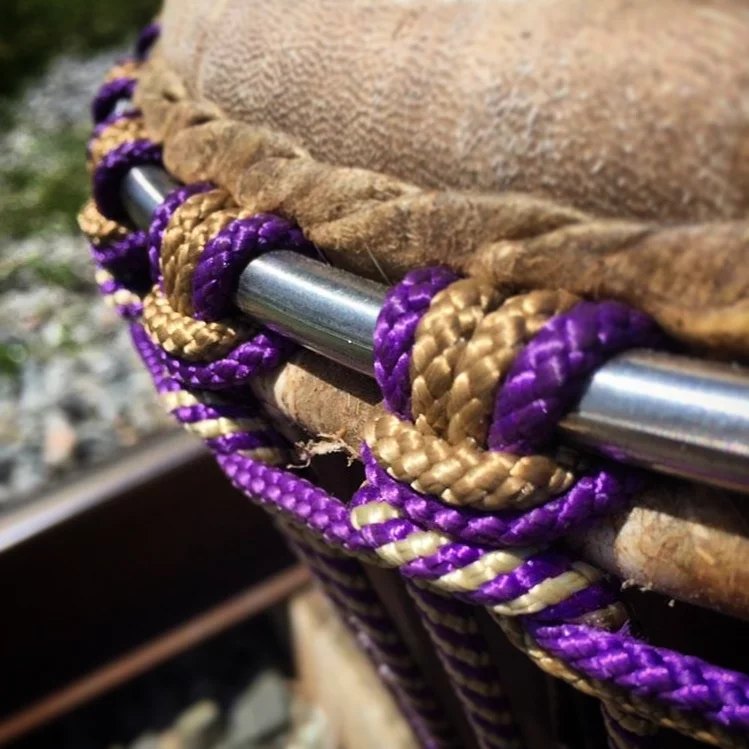Djembe drumming from West Africa, particularly through the teachings of masters like M’Bemba Bangoura, reveals a depth and richness that transcends mere performance. The act of playing a djembe solo serves multifaceted roles that enhance the communal experience of music, dance, and celebration.
The Role of a Djembe Solo
At its core, a djembe solo is much more than a showcase of individual skill; it acts as a ride that complements and interacts with dancers and fellow drummers. This interaction is pivotal in West African musical tradition, where the rhythmic dialogue between performers creates an uplifting atmosphere that encourages collective participation. Rather than merely improvising in isolation, a solo can serve to heighten the energy of the performance, responding to the nuances of the surrounding rhythms and movements.
Accompaniment as Foundation
The essence of accompaniment in djembe playing lies in its repetition and simplicity. These short grooves, often termed “accompaniment parts,” are designed to create a sense of space for collective engagement. By establishing a steady groove—be it a 4/4 part or a more complex rhythm—drummers can anchor the ensemble in a cohesive rhythmic structure. This is akin to the foundation of a building; it must be robust and stable for the entire structure above it to flourish.
The energy and commitment with which these parts are played are paramount. The intention behind each stroke not only supports the rhythm but also invigorates the entire ensemble, fostering a sense of unity among drummers and dancers alike. It underlines the principle that richness in music often emerges from layered simplicity rather than relentless complexity.
The Fluidity of Musical Dynamics
Engaging in accompaniment can be transformational for a drummer’s development. It teaches the player to move with the flow of music rather than against it, reinforcing the concept of musical fluidity. Just as a surfer learns to ride the waves, drummers learn to catch the rhythm at the perfect moment, requiring both precision and sensitivity. This duality—exerting energy while remaining attuned to the collective rhythm—cultivates an innate musical intuition.
This foundational understanding allows drummers to create solos that interweave seamlessly with the ongoing rhythm, turning what could be a disconnected display into a woven tapestry of sound. When a solo is born from this “accompaniment consciousness,” it resonates deeply within the fabric of the piece, elevating the performance as a whole rather than standing apart as a mere technical display. A drummer who can solo from this grounded perspective contributes to the musical narrative rather than overshadowing it.
Shifting the Mindset
Moving away from a self-centric approach can unlock new dimensions of creativity. The Western notion that “more is better” often leads to cluttered performances filled with ego-driven flourishes. However, true musicality often lies in restraint and thoughtful interaction. A simplistic accompaniment not only offers clarity but also enhances the overall groove, inviting other musicians to join in the flow.
By practicing and embracing these uncomplicated rhythms, drummers can cultivate a greater awareness of their role within an ensemble. This awareness allows for deeper listening and engagement with fellow musicians, creating a dynamic that transcends individual performance.
Practical Application
For those participating in drum circles, jam sessions, or performances, it’s worth experimenting with a repetitive accompaniment as a starting point. Focus on your own rhythm while remaining attuned to the intricate tapestry woven by other musicians. A deep listening practice will help you perceive how the rhythm can lock together, creating moments of synergy and collaboration.
In conclusion, playing djembe accompaniment is an enriching exercise that deepens musicianship and fosters a sense of community. It encourages selflessness and attentive interaction—values that are as important in music as they are in life. By anchoring ourselves in the groove, listening intently, and playing with intention, we contribute to a vibrant collective experience that embodies the true spirit of West African drumming. The teachings of masters like M’Bemba Bangoura help us remember the beauty of simplicity and connection through rhythm.
To explore more about hand drumming and deepen your understanding, visit michaelpluznick.com and immerse yourself in the rhythmic world of the djembe. #djembe

